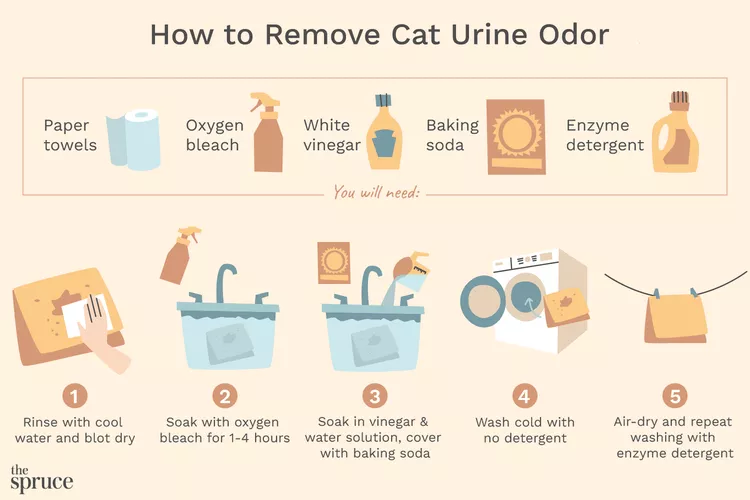
Your cat may have occasional accidents and soil your clothes or bedding with urine. Their urine often has an odor that is very hard to remove, especially if it is dried and set in. You can, however, remove cat urine and its odors from any washable fabrics. The same method can be used for other types of urine. After dealing with the immediate problem, also consider behavioral or health issues that might be causing your cat to soil laundry in this way.
To fully remove the cat pee smell from clothes, you'll need to follow three basic steps: Pretreating the urine-soaked fabric, washing the soiled garment in vinegar, and then washing the clothing again in an enzyme-based detergent. Fortunately, all of the required supplies are basic items you likely have at home already. Here's how to tackle urine odor in clothing.
Throwing urine-stained clothing or fabrics directly into the washing machine isn't a good idea since cat urine has a way of setting in its odors. If added to a general laundry load, you might even find that the urine-stained items contaminate an entire load of laundry with its scent. It's best to pretreat the urine first before moving to the next step.
A variety of odor-removing products are available as part of the pretreatment but never use a product containing ammonia to clean urine stains. Cats are likely to mistake the ammonia scent for urine and may then repeatedly urinate in the same place.
For the best results, use a two-part cleaning process to remove urine stains and odor. The first part of this process is a vinegar wash.
By now, a good deal of the stain and odor has been removed, and you can move to traditional washing.
To avoid future incidents, you must address the problem with your cat. When cats urinate in places other than the litter box, it very often indicates a health or behavioral issue.
Begin by taking your cat to the vet. Aside from a dirty litter box, a urinary tract problem is the most common reason for litter box avoidance. You should rule out a health problem first. If your vet rules out a medical cause, then you will need to address the behavioral reasons for your cat's inappropriate urination.
If your laundry has come out smelling fresh, but you still detect the lingering odor of cat urine in your home, you'll need to perform some detective work. It's possible the pet has marked floors, furniture, or other areas in your home.
Arm yourself with a urine detector or blacklight. Most blacklights work better in complete darkness, so work cautiously. Use the light to scan walls, floors, baseboards, furniture, and any other surfaces. Hold the light close to the surface for best results—urine stains will glow fluorescent white. Use chalk or sticky note paper to mark the areas where the blacklight reveals stains.
Once you've identified the soiled areas, use an odor-removal product to clean the area. After thoroughly cleaning, you can enjoy a freshly scented home once more.

Cute Pictures & Facts About Calico Cats & Kittens
Learn fascinating facts about calico cats, including photos, the genetics behind this color combination, and common folklore and traditions.
How to Prevent Cat Separation Anxiety During Vacations
Discover why cats develop litter box problems and cat behavior problems when you go on vacation and what you can do about it to help them.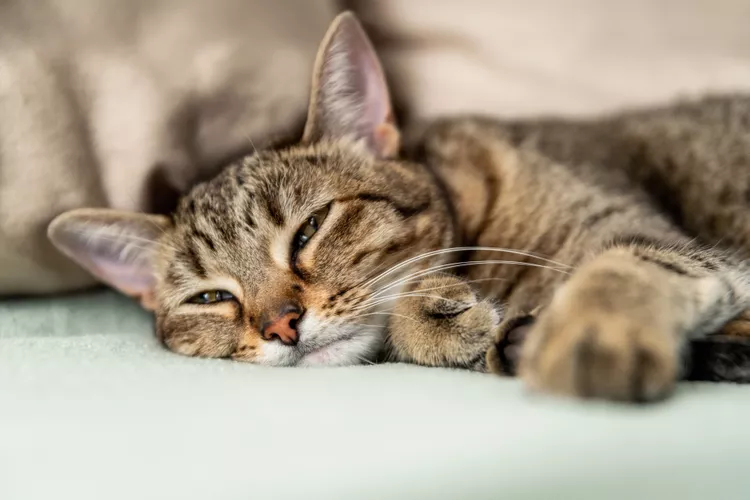
Cat Behavior Changes That Might Mean Something's Wrong
Cats' behavioral changes may indicate problems—or they may mean nothing at all. Explore causes of odd behavior and what to do about them.
Lhasa Apso: Dog Breed Characteristics & Care
The Lhasa apso is an ancient breed from Tibet that was bred to be a watchdog. Learn about its history, health, exercise needs, and more.
Reasons Why Dogs Run Away and How to Stop It
Dogs can escape, especially if they’re bored and not properly contained. Here are some techniques for stopping your dog from running away.
Can Dogs Get Depression? How to Help Your Sad Dog
Can dogs get depression? Learn about the signs of depression in dogs and find out how to help your sad dog.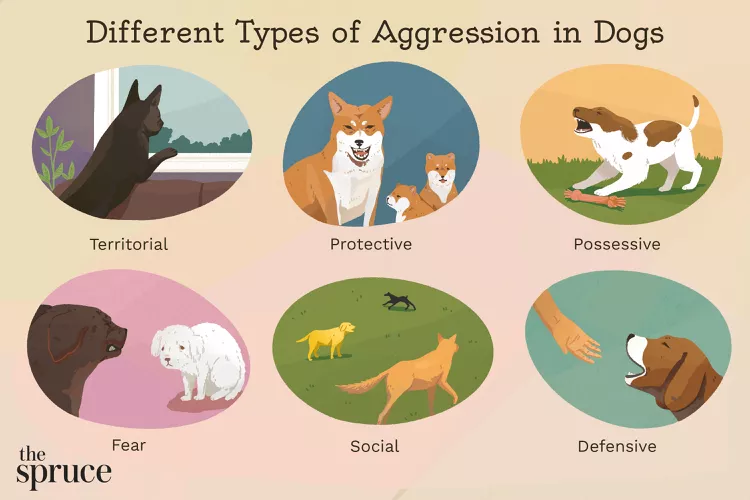
How to Stop Aggression in Dogs
Dog aggression can be a serious behavior issue for pet owners. Learn how to stop aggression in dogs before someone gets hurt.
How to Stop Your Dog From Growling
A growling dog can soon become even more aggressive. Reduce the noise and potential for a dangerous situation with some of these techniques.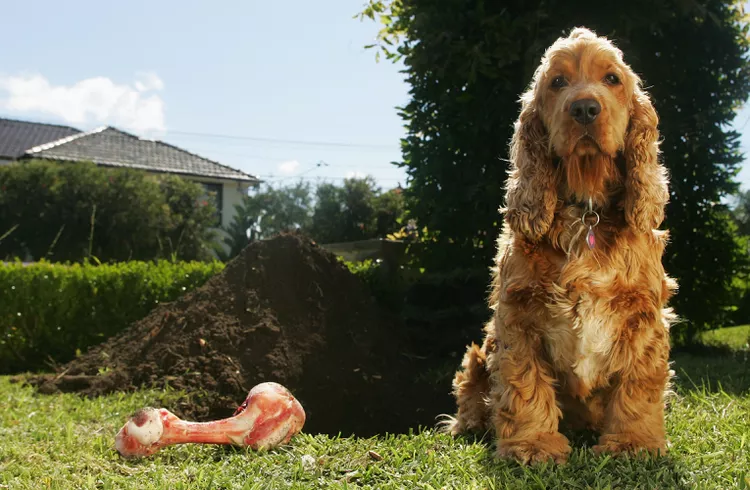
Why Do Dogs Dig Holes? How to Stop Your Dog from Relandscaping Your Yard
Dogs have been digging holes for centuries and for many reasons. Whether they’re bored or want to cool off in the dirt, here are the top reasons why dogs dig holes.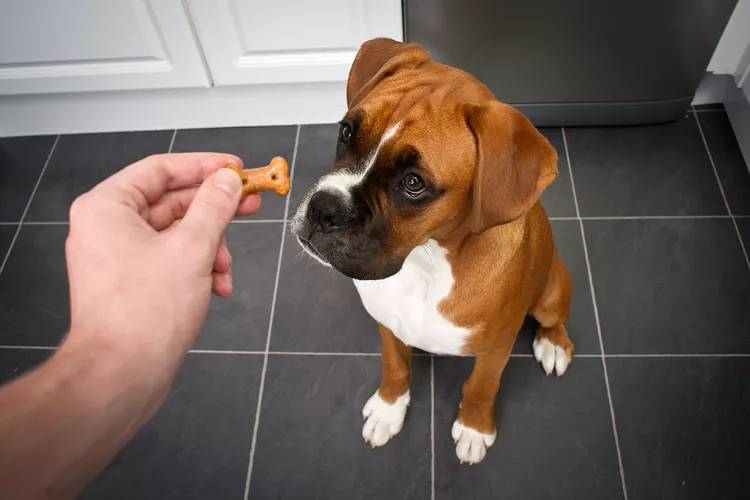
Dog Treat Varieties
Learn about the different types of dog treats on the market and decide which are best for your dog.
Can Dogs Eat Asparagus?
Dogs can eat asparagus, provided the vegetable is cooked plain and cut up for them. Seasonings, salt, and butter make it unhealthy for dogs.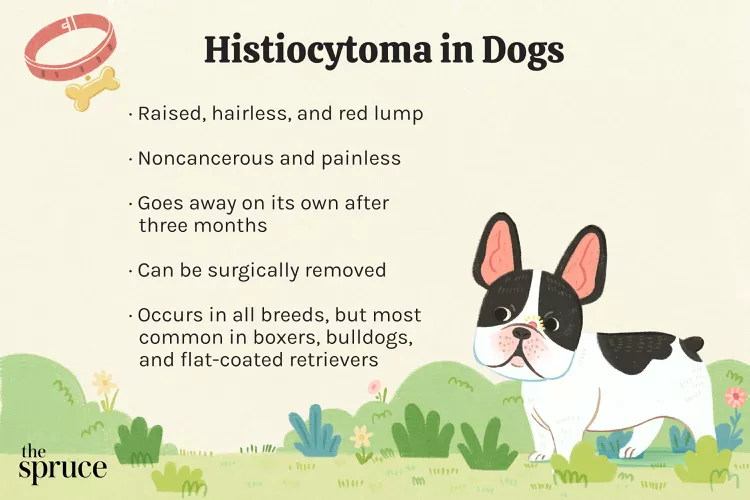
Histiocytomas in Dogs
A histiocytoma is a type of benign (non-cancerous) skin lump that usually affects young dogs. Learn the causes, treatment, and prevention.
Why Is My Dog’s Eye Swollen?
If your dog's eye is swollen, she may need veterinary attention. The inflammation could be caused by allergies, an injury, or even a tumor.
Common Bugs and Parasites Found on and Inside Dogs
Learn about common types of parasites in dogs. Find out how to treat and prevent parasites to keep your dog, your family, and yourself safe.
Exploring the Different Types of Pet-Friendly Beaches
Are you looking for pet-friendly beaches? Learn about the different types of pet-friendly beaches, their locations, and tips for visiting them with your pet.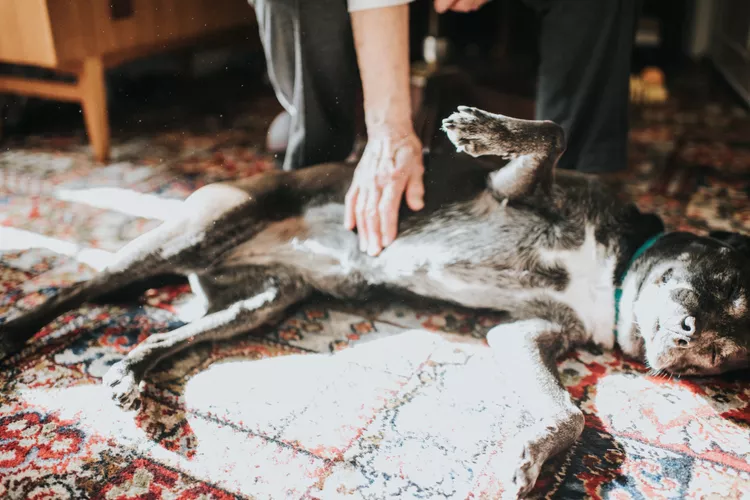
10 Obscure, Little-known Canine Facts in Honor of National Dog Day
With National Dog Day upon us, it's time to celebrate everything about our favorite pets—even the weirder stuff. Here are 10 obscure facts about dogs you probably didn't know.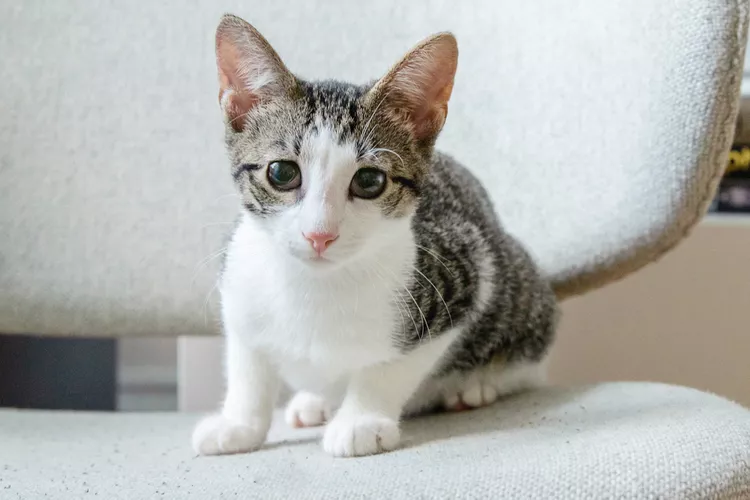
Kitten Development From 3 to 6 Months Old
Kittens grow and change a lot during their first year. Find out what happens between the ages of three months and six months old.
95 Siamese Cat Names
Our list of Siamese cat names has diverse and fun options to help you choose the ideal moniker for your elegant and lovable feline companion.
What to Buy for Your New Cat: A List of Essentials
Before you bring your new cat or kitten home, there are a number of things to collect or buy so your cat will feel welcomed like a family member.
The 6 Best Cat Nail Clippers of 2024 for a Safe Trim
Clipping your cat's nails can save your furniture and keep your kitty comfortable. We asked veterinarians for their cat nail clipper recommendations.